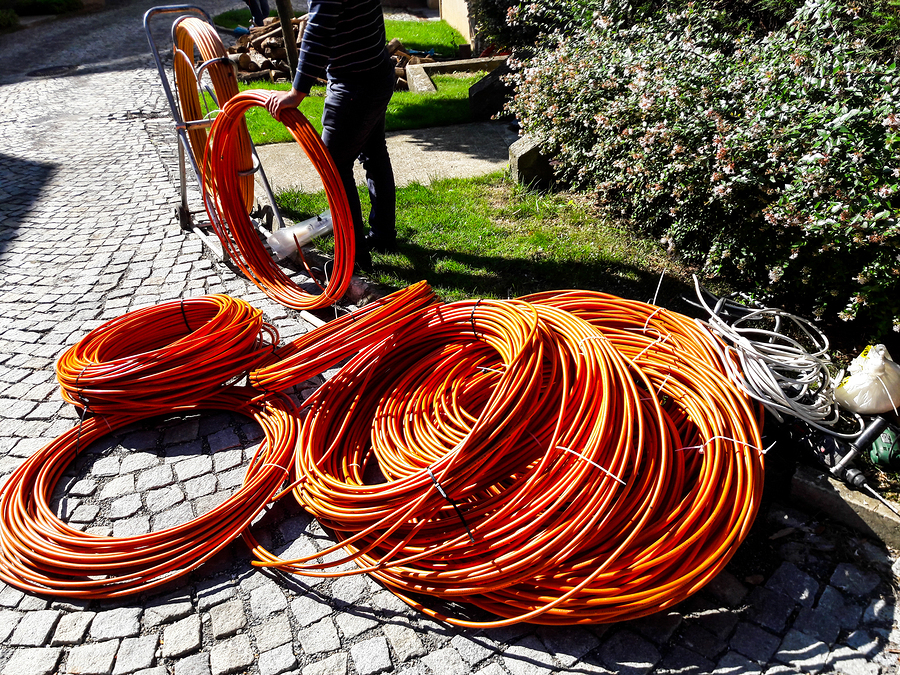As time goes by, the internet has slowly but surely begun to speed up. Back when it was still called ARPANET, the internet piggybacked on phone lines because the phone wires were already crossing the United States. It stayed on the phone line until the 90s and 00s, at which point cable TV companies started offering their lines as a new, faster way to connect to the World Wide Web.
At this point, cities and companies are starting to lay fiber-optic cables, and this time the cables are for internet connections right from the beginning. But why are people bothering? Laying these cables is a big investment, and internet speeds are already very fast in most of the places where fiber internet connections are showing up. So what makes all the costs worth it?
Gigabit Speeds And Beyond
Every year, people demand more speed from their internet connections. They want to stream higher quality videos, they need to store and retrieve information from cloud storage accounts, and they spend more of their time working from home. Fiber internet connections offer gigabit speeds that are 10 or even 100 times faster than a cable connection, and they have the potential to go even faster once technology and infrastructure improve. Cable companies are also starting to offer gigabit connections, but then there’s more to fiber than speed.
Dedicated Connections
With a cable connection, you have to share the speed they give you with your neighbors and with everyone in your house who is using the internet. This shared connection has to do with how they’re able to provide different channels on several screens, but the technology is outdated at this point. Fiber connections are fully modern and able to provide a dedicated connection to every customer no matter how many people live in your apartment building or how busy they are with streaming videos.
Symmetrical Speeds
When home internet connections first caught on, connection speeds were asymmetrical. This means most of the connection bandwidth was for downloading and only a little was for uploading. This made sense at the time since most home users spent most of their time downloading, but these days more people work from home, upload posts and videos, and otherwise make full use of their upload speed. Some cable companies have started to catch on, but fiber internet connections offer symmetrical upload and download speeds from the word go.
Fiber internet offers a big speed upgrade, but that’s not all you get. You also get the promise of future speed improvements, a dedicated connection, and a symmetrical speed plan. Put them all together and it becomes easy to see why the investment in fiber-optic cables is worth the time and effort.

